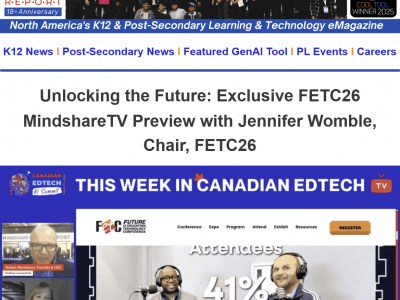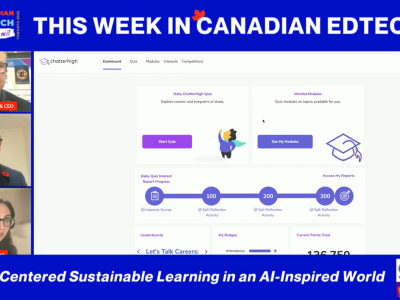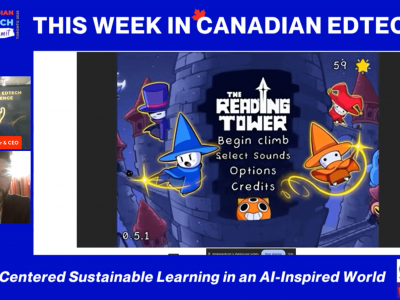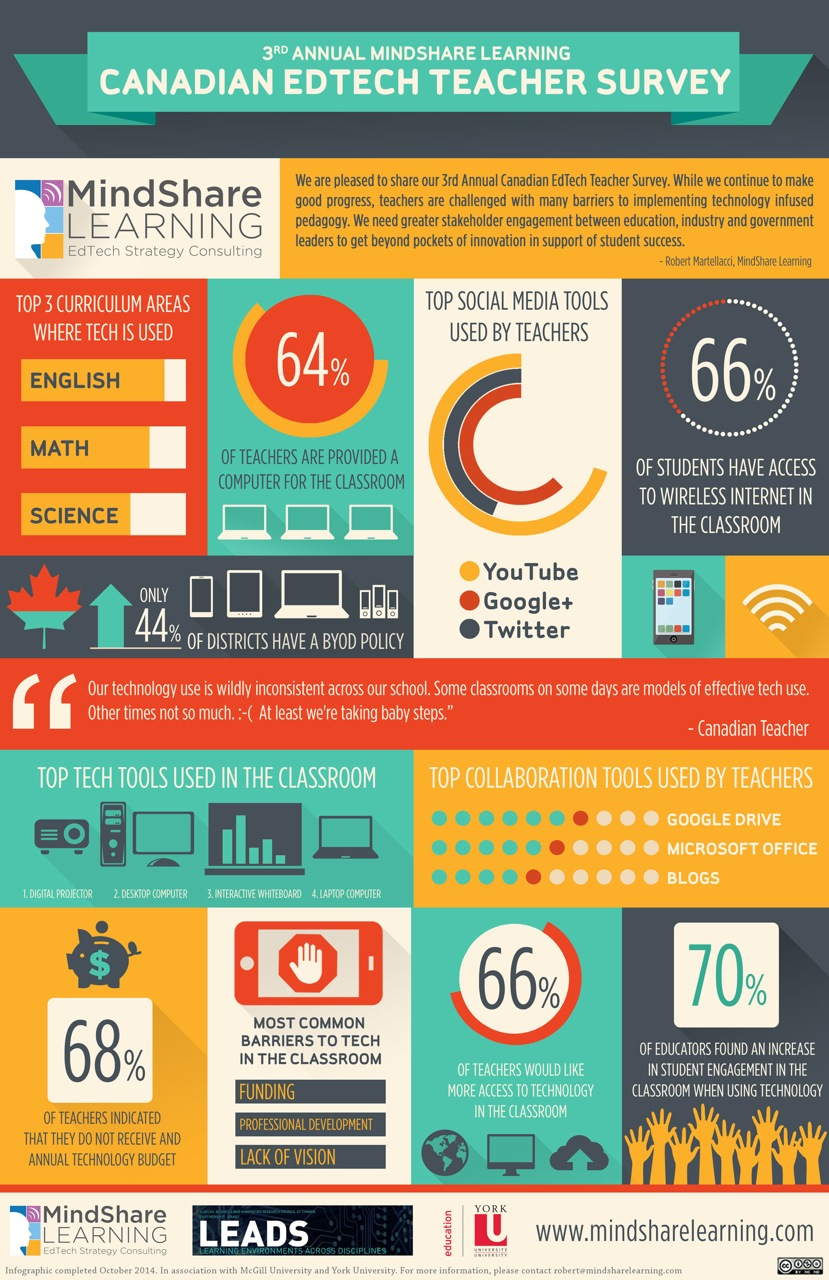Majority of college students prefer digital books over print
Students believe tablets will replace textbooks within five years
Pearson Foundation
WASHINGTON—Just a week after the release of the much-anticipated new Apple iPad, a new study from the Pearson Foundation reveals that students believe tablets and other mobile devices will transform learning. The Pearson Foundation’s Second Annual Survey on Students and Tablets also finds that tablet ownership among college students and high school seniors has risen dramatically in the last year—ownership has tripled among college students (25% vs. 7% in 2011) and quadrupled among high school seniors (17% vs. 4% in 2011).
The survey reveals that more students are reading digital books, and that a majority of college students (63%) and high school seniors (69%) believe that tablets will effectively replace textbooks within the next five years.
The Pearson Foundation Survey on Students and Tablets was conducted to understand how college students and college-bound high school seniors currently use and would like to use mobile technology. It also examined their perceptions about how tablets and related mobile devices are changing their expectations about their educational experience. The survey asked students specifically about ownership and intent to purchase; usage; preferences between digital and print formats when reading for school and pleasure; and what school-related activities they prefer. The survey was conducted online by Harris Interactive on behalf of the Pearson Foundation in January 2012 among 1,206 college students and 204 college-bound high school seniors.
Survey findings indicate that over one-third of college students (36%) and one-quarter of college-bound high school seniors (26%) intend to purchase a tablet in the next six months. This includes almost half of tablet-owning college students who plan on buying another tablet device (46%), and one in five who are first-time buyers (college students: 21%; high school seniors: 20%). Among college students who own tablets, the Apple iPad is by far the most popular tablet (63%) followed by the Kindle Fire (26%) and the Samsung Galaxy Tab (15%).
Digital readership has continued to grow since last year’s survey. Seventy percent of college students have read a digital text, compared to 62% in 2011, and the majority of students now prefer digital to print. Almost six in 10 college students prefer digital over print when reading books for fun (57%) or textbooks for class (58%). This is a reversal from last year, when more college students preferred print over digital; this trend also holds true among high school seniors.
Nearly all college student tablet owners believe these devices are valuable for educational purposes (94%). Around half say that they would be more likely to read textbooks on a tablet because of access to embedded interactive materials, access to social networks to share notes or ask questions, and access to instructors’ comments in the reading material. Three-quarters of college student tablet owners use tablets daily for school-related activities; three in five say they use their tablet for school purposes multiple times a day.
The survey is part of the Pearson Foundation Survey series. Previous surveys have addressed early literacy, community college, literacy, philanthropy and, again in 2012, tablets usage.
The survey was conducted online within the United States by Harris Interactive on behalf of the Pearson Foundation between January 9 and 27, 2012, among 1,206 college students and 204 college-bound high school seniors. Qualified college students were U.S. residents between the ages of 18 and 30 who were enrolled in a two-year college, four-year college or university, or graduate school. Qualified college-bound high school seniors were U.S. residents age 17 or 18, enrolled as seniors in high school and intending on enrolling in a two-year or four-year college upon graduation. Data were weighted to be representative of the U.S. population of college students and college-bound high school seniors. Figures for age, sex, race/ethnicity, education, region and household income were weighted where necessary to bring them into line with their actual proportions in the population. No estimates of theoretical sampling error can be calculated. The Pearson Foundation will make the full methodology, including weighting variables, cross tabulations, and the underlying SPSS data file, available upon request.









